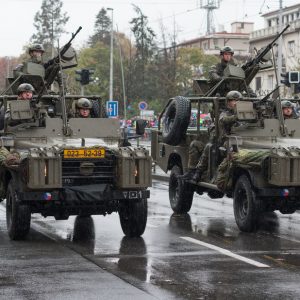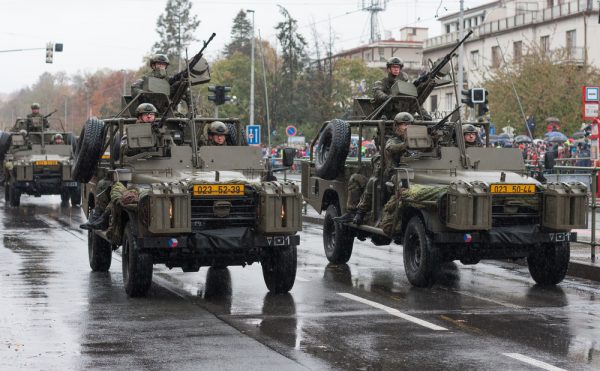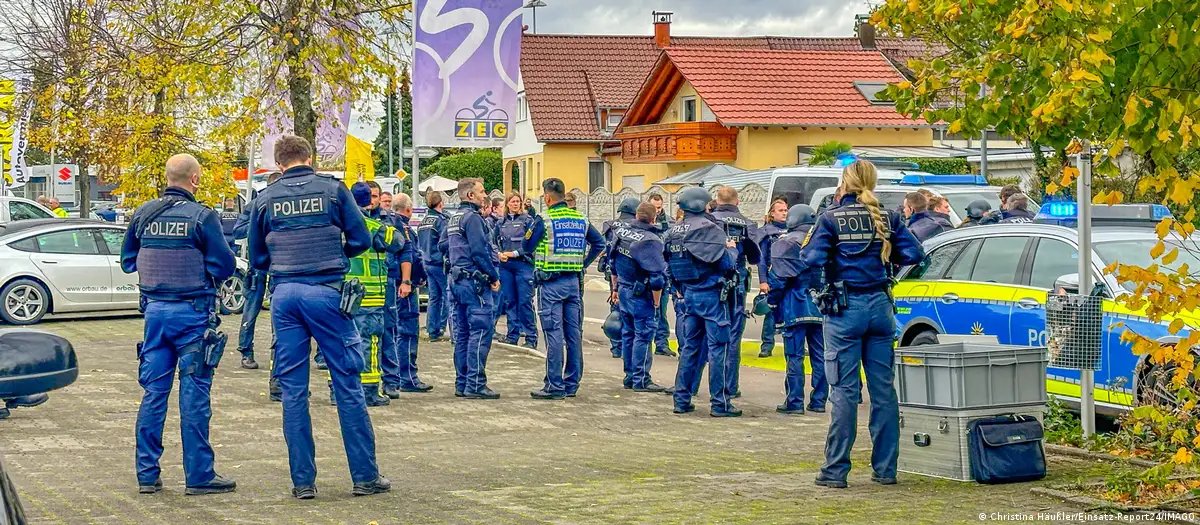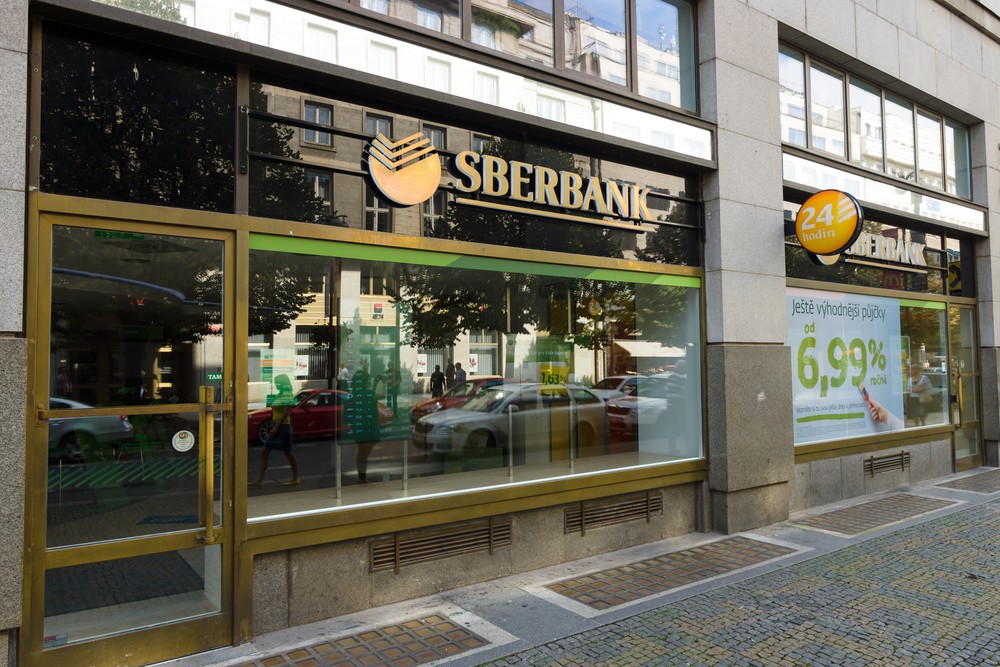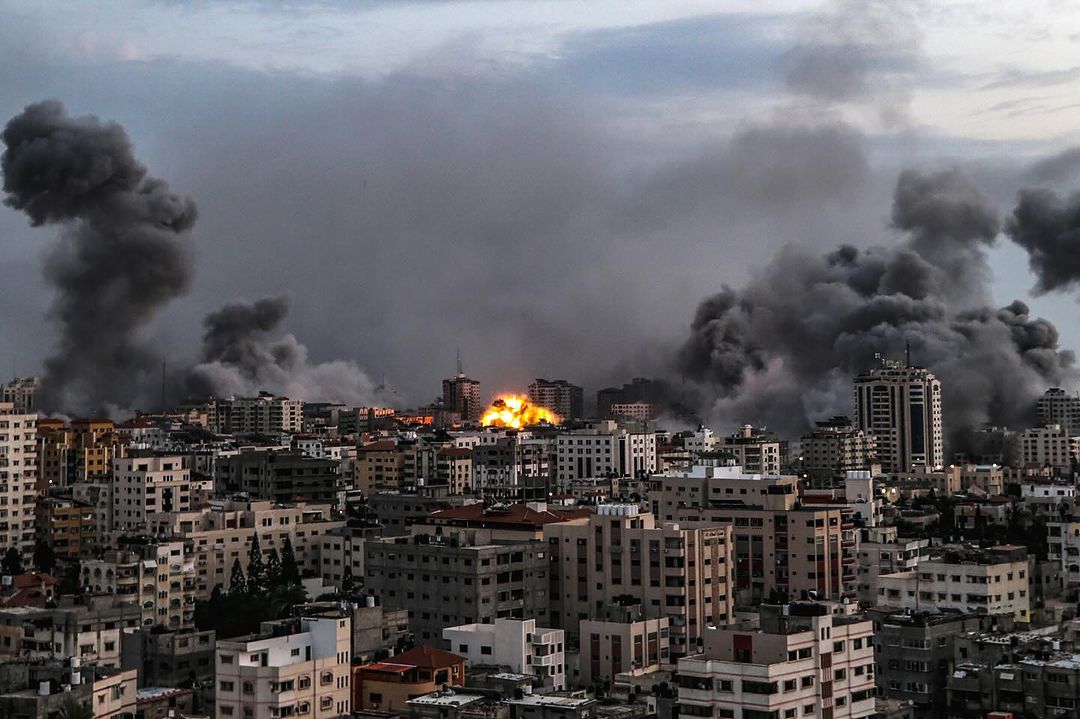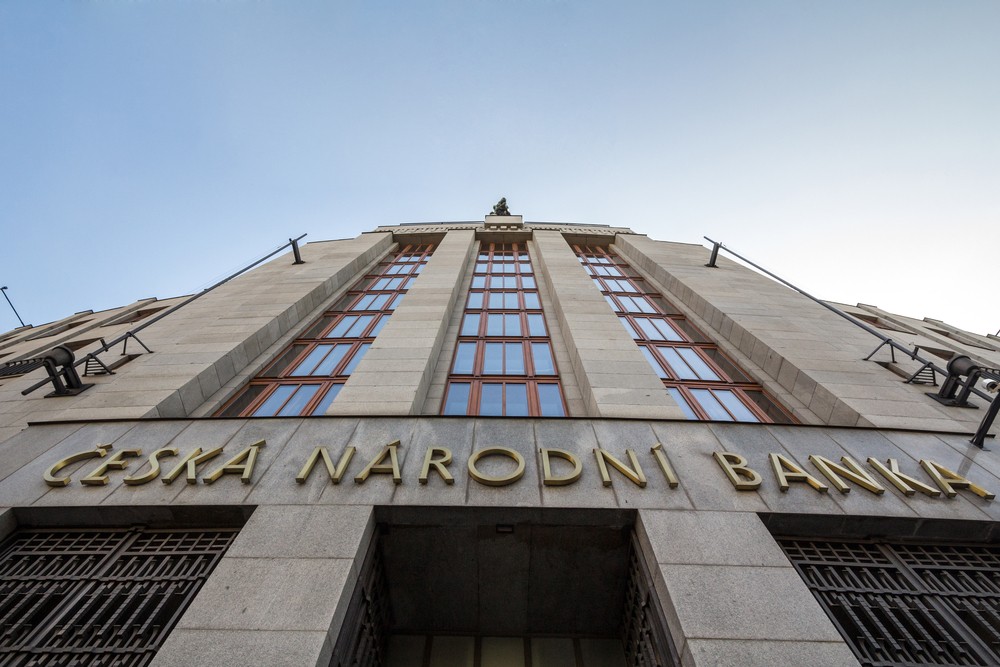The list is too long for comfort. In their introduction to the new exhibit Co jsme si zbořili – What We Have Destroyed (Ourselves), its organisers enumerate all the Czech industrial structures that have been destroyed in the last 10 years. And it’s not just boxy factory buildings. Among the demolished are several breweries, sugar mills, water towers, power plants and even a viaduct.
The exhibition, which runs until 15 October, is on display at the Old Sewage Treatment Plant in Prague 6, a remarkable industrial structure in its own right, now operated by the Eco-Technical Museum. It’s part of this year’s fifth international biennale Industriální stopy – Vestiges of Industry, held in the Czech Republic’s major towns over the next month, featuring a two-day conference on the ties of amateurs and professionals alike to the country’s industrial heritage.
There is something bittersweet about this year’s biennale. As Research Centre for Industrial Heritage director Benjamin Fragner writes, each year there’s growing public interest in industrial buildings. At the same time, the pace at which these structures meet the wrecking ball is not slowing down.
At the bottom of the list of discarded buildings are ten structures currently under threat. Three of them are in Prague, slated for destruction to make room for new projects. There’s Nákladové nádraží, the freight train station in Žižkov, which will make way a new Prague 3 neighbourhood; the František Odkolek steam mill and bread factory in Prague 9; the Fischl and Rosenbaum spirits factory in Prague 5; and the Holešovice-Bubny train station and rail yard complex in Prague 6.
We should find this troubling if only because of the tremendous potential about to be lost. You only have to look to Prague’s Karlín and Holešovice neighbourhoods to see evidence that some of the most exciting recent projects are reconstructions of former industrial structures.
The DOX centre for contemporary art in Prague 7 on Poupětova street is a prime example. The rebuilt 19th-century steel plant retains some of its original features; its high-ceilinged main hall has been transformed into a versatile exhibition space with moveable walls. The interior is austerely minimalist with floors connected by gently sloping ramps. A tower and a terrace offer some unexpected views of Prague.
Nearby on Komunardů street stands a former water meter factory, which is now an architectural studio housing Jan Pleskot’s AP Atelier, the old plant’s tall chimney left intact. Just around the corner on Dělnická street is the former K Morsad factory, constructed in the 1920s and transformed five years ago into a modern administrative building. Its neighbour on Osadní street is the late 19th-century Josef Jeřábek smoked meatworks, which has been converted into a multifunctional centre of shops and offices. Then there’s the First City Brewery on U průhonu, now home to an Albert supermarket, offices and the Rignier publishing company that puts out Czech tabloids like Blesk and the weekly news and culture magazine Reflex. The former soda water and mustard factory on Přívozní is one of the bolder reconstructions, with a bright red facade bearing the name Ogilvy in cursive lettering. It now hosts the offices of Ogilvy & Mather PR and advertising agency. Admittedly, not all of the reconstructions are as successful as they could have been, but they help preserve the neighbourhood’s rough-round-the-edges charm.
Across the river in Prague 8, meanwhile, projects like Cornlofts, a loft apartment complex built within and around a former refinery on Šaldova street and Corso Karlín on Křižíkova are transforming the face of Karlín without completely destroying its industrial legacy. Without these structures, Prague would be much poorer.
For a full biennale programme, visit www.industrialnistopy.cz


